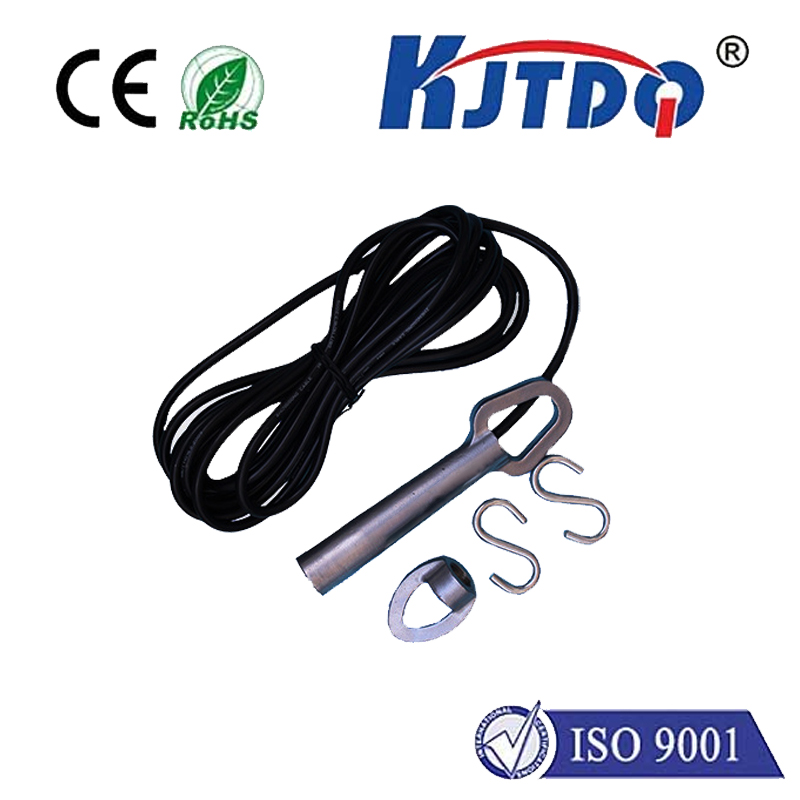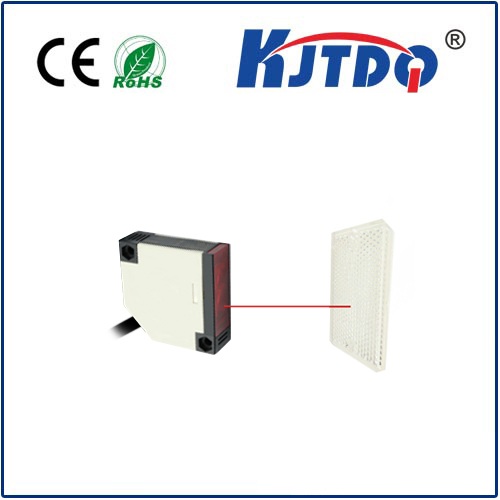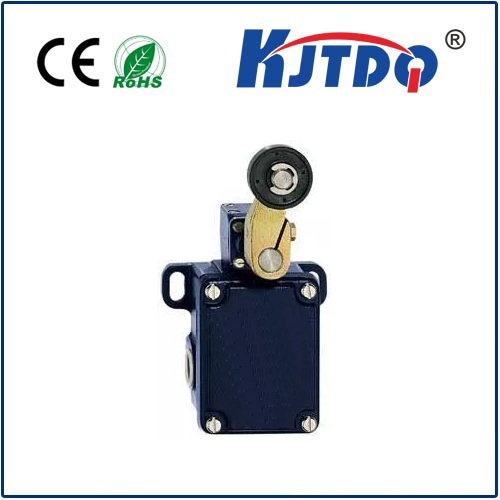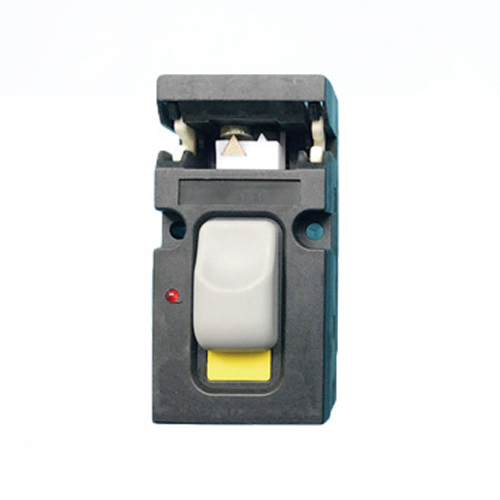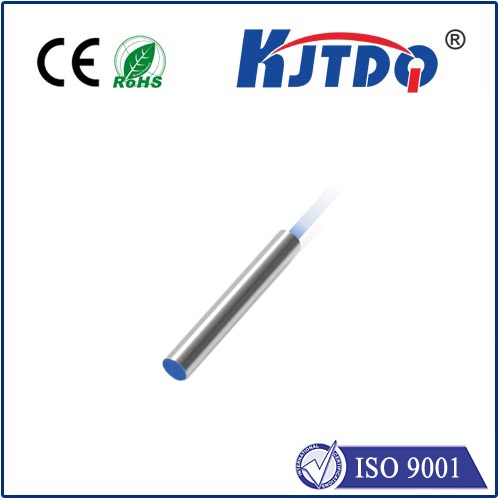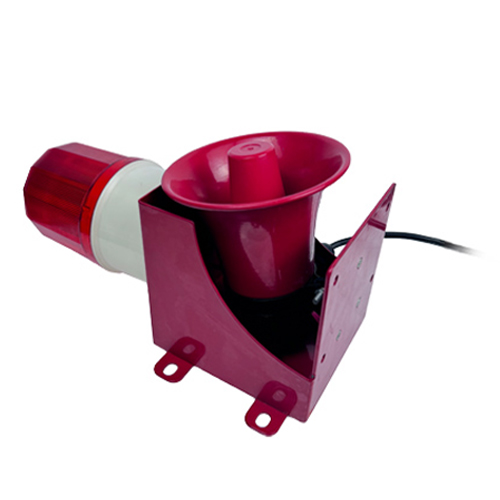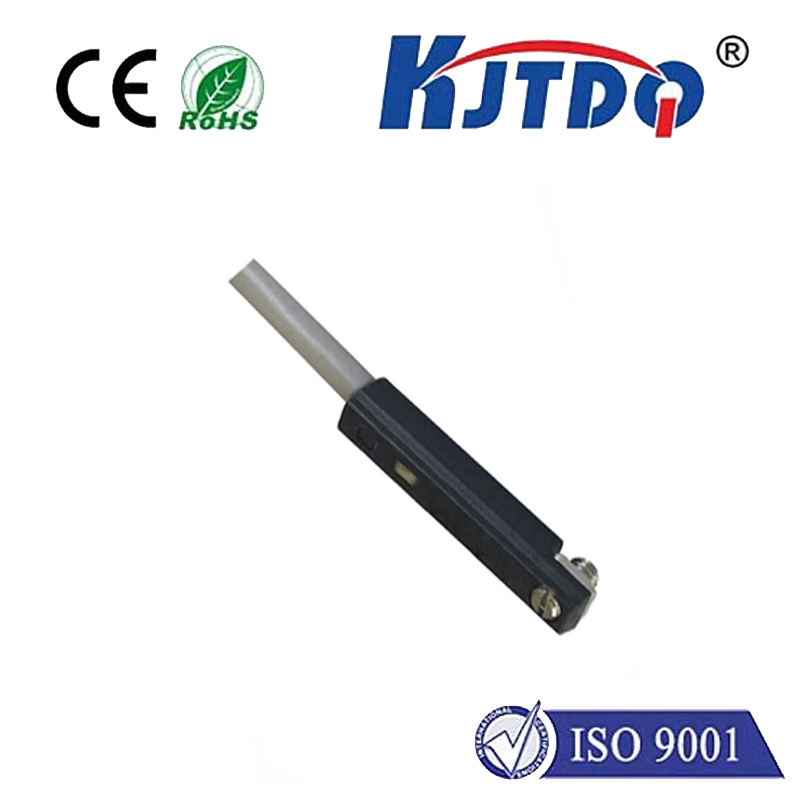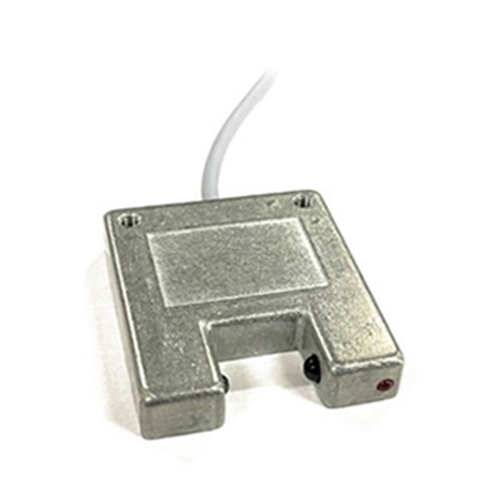

check

check

check

check

Title: Revolutionizing Space Management with the Proximity Sensor for Accurate Distance Measurement In an era where precision and efficiency are of paramount importance, proximity sensors have emerged as game-changers in various industries. The ability to measure distance accurately without physical contact has opened new avenues for automation, safety enhancement, and spatial optimization. Among these sensors, the proximity sensor for distance measurement stands out due to its reliability and versatility. Let’s delve into the world of proximity sensors and explore how they are transforming space management across different sectors. Understanding Proximity Sensors Proximity sensors are electronic devices that detect the presence or absence of objects within a certain range without making physical contact. They operate based on principles such as capacitive, inductive, optical, or ultrasonic sensing technologies. Among these, capacitive and inductive sensors are most commonly used for distance measurement due to their high accuracy and suitability for various environments. Capacitive Sensors: These sensors use changes in capacitance to detect the presence of objects. When an object comes close to the sensor, it alters the electric field, triggering a change in the sensor’s output signal. Capacitive sensors are ideal for non-metallic materials and offer excellent precision even at very short distances. Inductive Sensors: Unlike capacitive sensors, inductive sensors rely on electromagnetic fields to detect metallic objects. They generate an oscillating magnetic field that induces eddy currents in nearby conductive materials, altering the field and causing a change in sensor output. Inductive sensors are robust and well-suited for harsh industrial environments. Applications Across Industries The application spectrum of proximity sensors for distance measurement is broad, spanning from manufacturing floors to healthcare facilities, and from smart homes to transportation systems. Here are some key areas where these sensors are making a significant impact:

